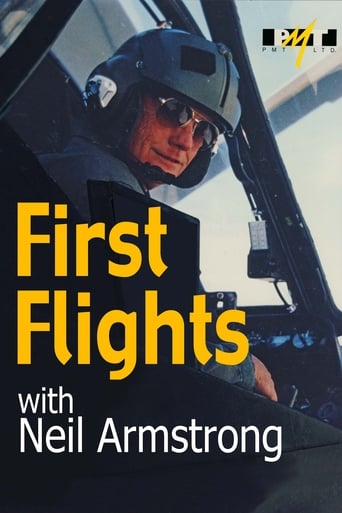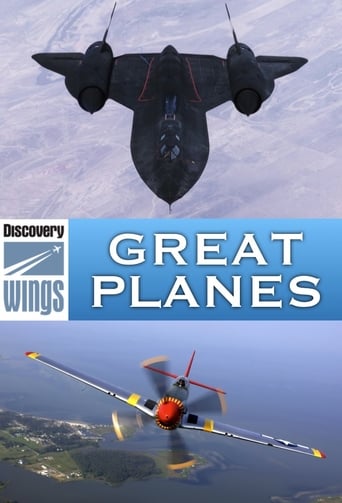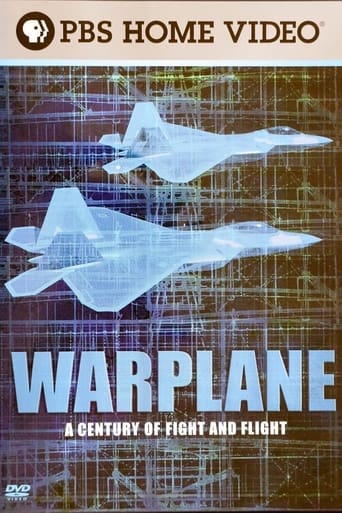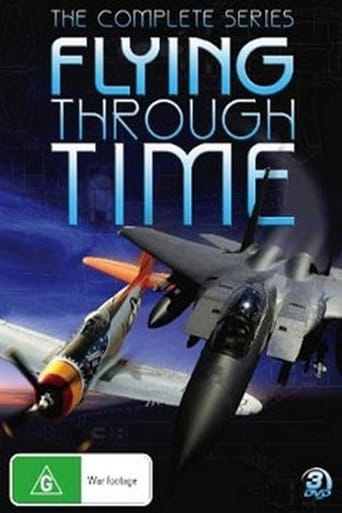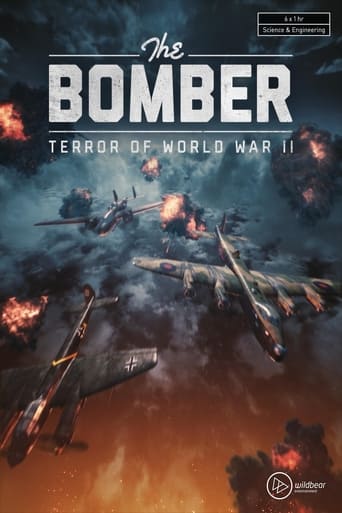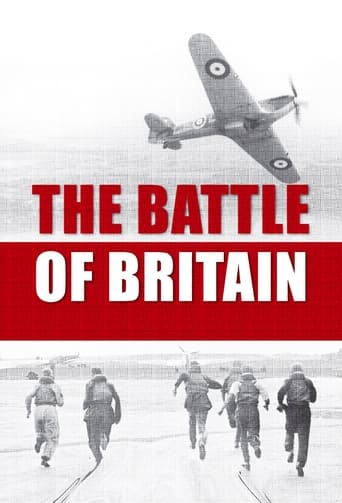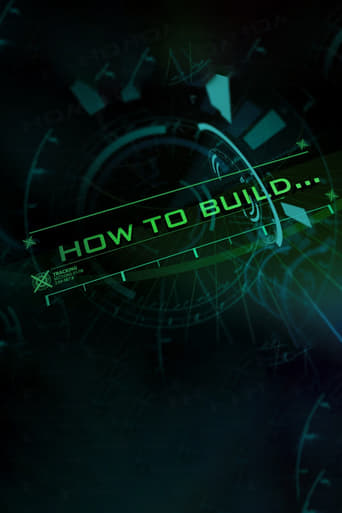First Flights with Neil Armstrong Season 3
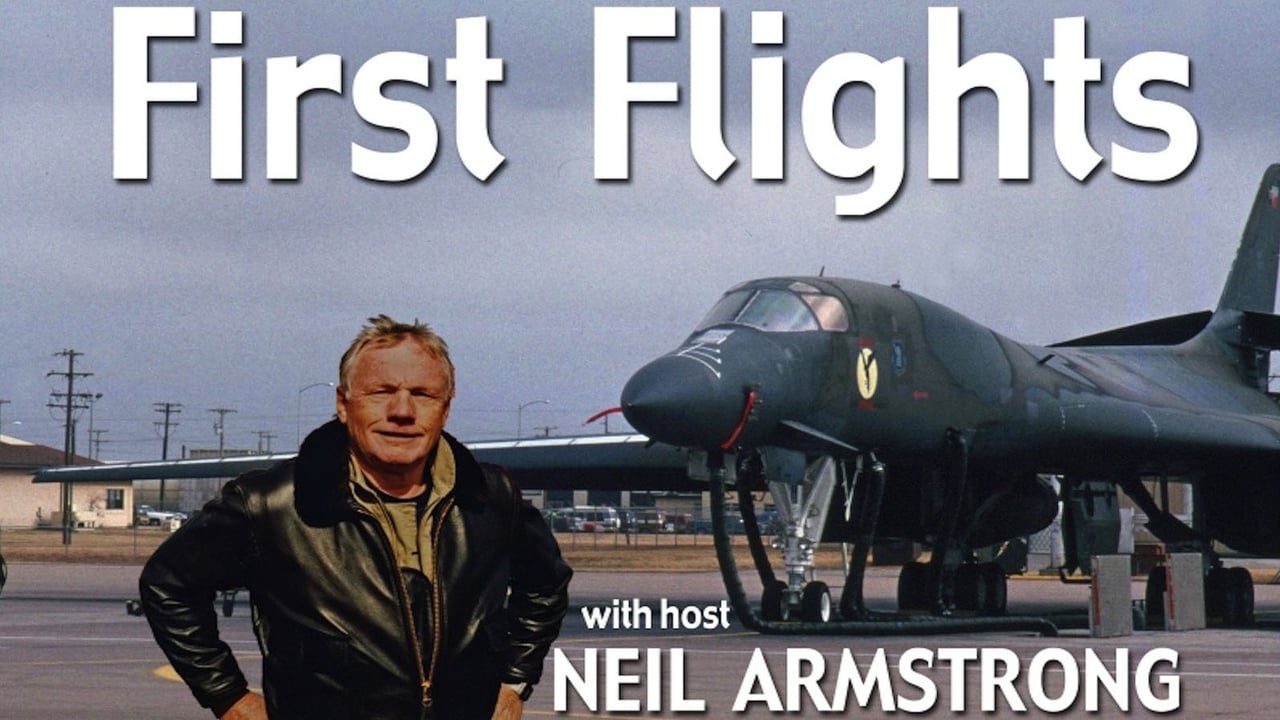
NASA Apollo astronaut Neil Armstrong adds to his long list of space flight & aviation accomplishments as he takes the controls of a variety of flying machines. Each episode blends historic footage, interviews, and flying. Armstrong takes you on an exhilarating adventure through time.
Watch NowWith 30 Day Free Trial!
First Flights with Neil Armstrong
1991


Season 3 focuses on the development of particular technologies within the broader field of aviation.
Watch Trailer
With 30 Day Free Trial!
First Flights with Neil Armstrong Season 3 Full Episode Guide
The Wright brothers realized that a propeller was a rotating wing – giving it a twist made it practical. By the mid 1930s, variable pitch and NACA research revolutionized propeller design. With the coming of the jet age, propellers fell out of favor for large aircraft. But designers soon realized that a fast turboprop with an advanced propeller could be more efficient than the best jetliners.
From the early years of flight until the late 1930s, air racing was the single most important testing ground for engineering advancements. It provided a breathtaking combination of daredevil risk taking and technological innovation.
In the 1920s when just about anyone could afford a car, interest grew in a safe, inexpensive airplane that anyone could fly. Convenience went a step further in roadable aircraft – vehicles that could travel the highways, then convert to an airplane for the rest of the journey. The airplane has never attained the practicality of the automobile for family travel, but modern aviation offers exciting opportunities for the amateur flyer.
Airmail pioneers demonstrated to a public already infatuated with flying, that airplanes had a bright commercial future. They led the way for the great commercial ventures that would one day span the globe. The variety of aircraft was dazzling, but conditions were harsh and pilots had to be hardy and brave to risk flying the mail.
During WWII, the Germans introduced the Messerschmitt 262, and the British the Gloster Meteor. With these first operational jet fighters, a new era in aerial combat had begun. As jet met jet in the skies over Korea, the MiG-15 proved Russia to be a major power in jet aircraft development.
Two years after the first manned flight, the Wrights mastered control sufficiently to fly the first circle – a major aviation advance that went almost unnoticed. By World War II, the first hydraulically boosted controls were invented, enabling pilots to fly aircraft weighing more than 100,000 pounds without the muscles of a co pilot. Once digital signals succeeded in maneuvering spacecraft, computerized fly-by-wire technology for aircraft was not far behind.
In their quest for flight efficiency, some designers thought the ideal shape would be just a wing, nothing else, flying through the air. Though successful development of flying wings has often proved illusive, Northrop's designs proved feasibility, and the B-2 Stealth Bomber brought the configuration into production.
In the early days of flying, instrumentation was crude. A weighted silk stocking tied to a strut could help the pilot gauge his airspeed. Wartime challenged pilots to learn the techniques of blind flying. Today, pilots use orbiting satellites to pinpoint their position, and complex autopilots enable an aircraft to fly itself.
Many times in aviation history the ultimate test of aircraft and pilot was to fly around the world. Competition and showmanship always played a part, but in the end it was the mental and physical endurance of the men and women who climbed into the cockpit that made success possible.
When the small tail surface wings which enable an airplane to go up or down are moved to the front, they are called canards. It is a technology as old as manned flight — the Wrights used canards on their early airplanes. Canards were rarely used after the first World War until computer technology provided the control needed to make the technology feasible.
Conventional airplanes need large runways for takeoff and landing, a limitation that concerned defense planners. As turbine engines became lighter, a new type of aircraft became possible — one that could take off and land vertically, yet fly with the speed of jets.
By the 1930s, flying boats – massive, airborne ocean liners – opened up global routes for passenger service, while the floatplanes entering the Schneider Trophy races were the fastest, most innovative flying machines in existence.
From Cierva's breakthrough in autogyro design, to the state-of-the-art BK-117, the heart of the helicopter story has been the rotorhead. Early helicopters were complex, dangerous flying machines, prone to failure. For the men and women who took the controls, concentration and daring were essential.
Free Trial Channels
Seasons
























